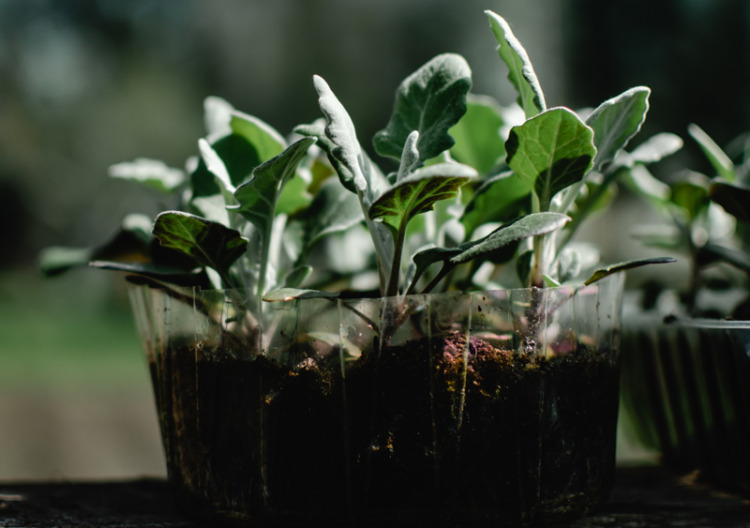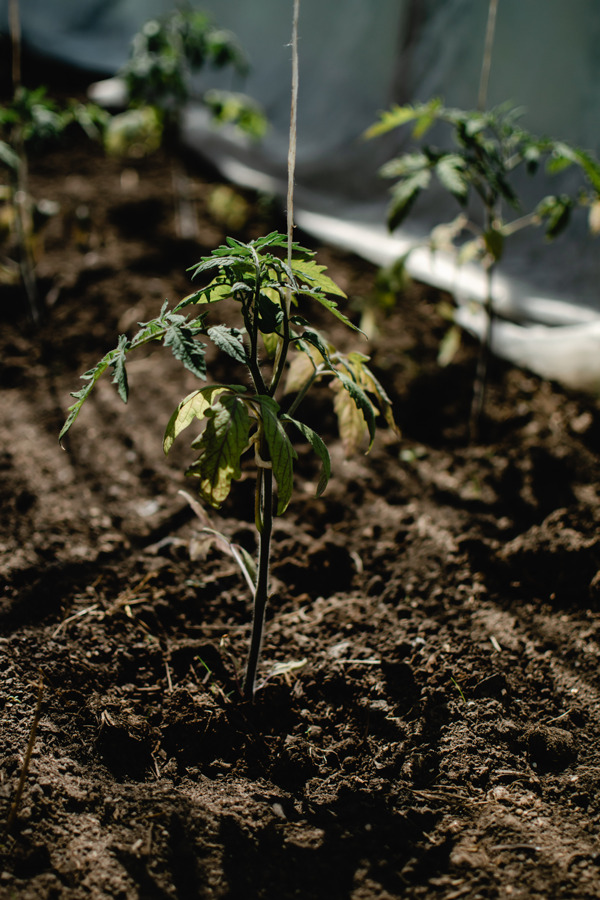Transplantation is the process by which the seedling is placed in the place where it will complete its reproductive cycle. Said seedling comes from a stage of primary development in a nursery (malasombra, greenhouse, micro-tunnel, etc.) where it had optimal conditions for its germination, emergence, development of cotyledonal leaves and true leaves. The transplant is usually done when the seedling has 3 true leaves and its root system is covering the root ball, in order to proceed to its extraction from trays or seedbeds without breaking part of the root.

After the transplant, comes a crucial stage for the success of the crop; This is the stage of adaptation of the seedling to the new environment, which is generally different from where the seedling grew in its first days.
There are no general formulas to ensure success in transplantation and especially in post-transplantation, but we can suggest some measures that must be considered to, as far as possible, avoid seedling losses and growth retardation at that stage.
A seedling suitable for transplanting (or seed for direct sowing).
This is the first step and perhaps the most important. It is necessary to have an optimal seedling, healthy (free of insects and pathogens) and well nourished. At this point, it is not desirable to have old seedlings, plants that have overgrown in the seedbed stage; These types of plants, although they look stronger, are generally more susceptible to these changes in the environment and to root damage caused by transplanting.
Also undesirable are seedlings with etiolation, which is the phenomenon that occurs when the plant grows in environments with little light or in competition with other plants, which results in elongated and therefore weak plants, susceptible to lodging by wind.
Finally, plants with the presence of pests (eggs, nymphs and adults of insects and mites) or pathogens, including initial symptoms of virosis, are undesirable. These plants must be discarded, since they can be a source of inoculum for healthy plants.

Phytosanitary protection against attacks by insects and pest mites and diseases.
Once the seedling is in the field, it will be the target of pest and disease attacks; These attacks can be even more severe if the plant is not well adapted to the environment or if it suffers from post-transplant stress. In this stage, insecticides, acaricides, fungicides and bactericides with a systemic mode of action are important so that all plant tissues have defense. It is also very important to consider the application of soil inoculants, such as beneficial bacteria, biocontrol fungi, etc. Also at this stage, the application of resistance inducers is of utmost importance, which promote the self-defense of the plant against the attack of pathogens and viruses.
Good Nutritional Contribution: mainly Nitrogen and Phosphorus.
In the stage of adaptation of the seedling in the field, the nutritional contribution must be with sources of easy assimilation, elements conditioned with organic acids, organic matter, amino acids and avoid sudden changes in pH, so as not to promote the premature oxidation of absorption roots. . The use of starters, fertilizers with high phosphorus and nitrogen content, is recommended for optimal nutrition. Inoculants with Nitrogen-fixing and Phosphorus-solubilizing bacteria are very useful, since they recycle nutrients and provide them to the plant in a completely assimilable form.
Adequate biostimulation: to achieve correct cell division and development of roots, stems and leaves.
If the environmental conditions are adverse, it is likely that the plant presents some hormonal imbalances (increases or decreases in the levels of certain phytohormones). In most cases, the application of auxins is necessary, which promotes cell division and the development of new tissue, especially in the rhizosphere, which is where development is required to initiate the correct absorption of nutrients.

Necessary irrigation, to avoid water stress and ensure nutrition.
Water is essential. For the nutrition of the plant, its importance lies in the fact that through it, the supply of nutrients is given, which pass from the soil to the solution and from there, to the roots. If the plant is subjected to stages of hydric stress (absence of water) at an early age, its xylem vessels will be affected, causing the phenomenon of tylosis, embolisms and closure of said vessels.
Properly prepared soil.
Finally, it will be very important to have an optimal soil for the development of the plant’s root system, level, with low compaction and with a good Cation Exchange Capacity to facilitate plant nutrition. In addition, good drainage must be ensured, to avoid the accumulation of humidity and with this the arrival of pathogens.
 AgronoBlog – Agriculture Blog
AgronoBlog – Agriculture Blog